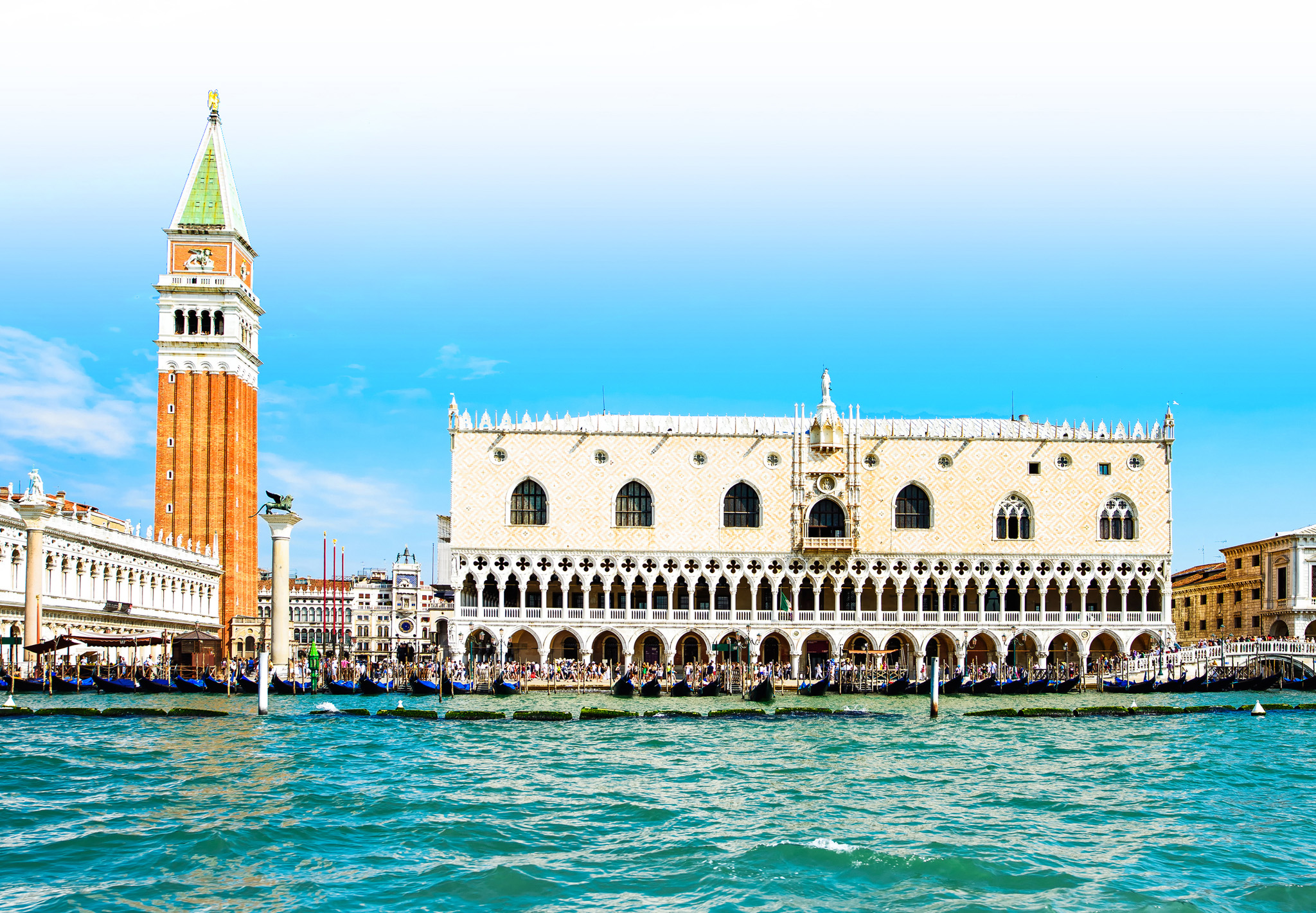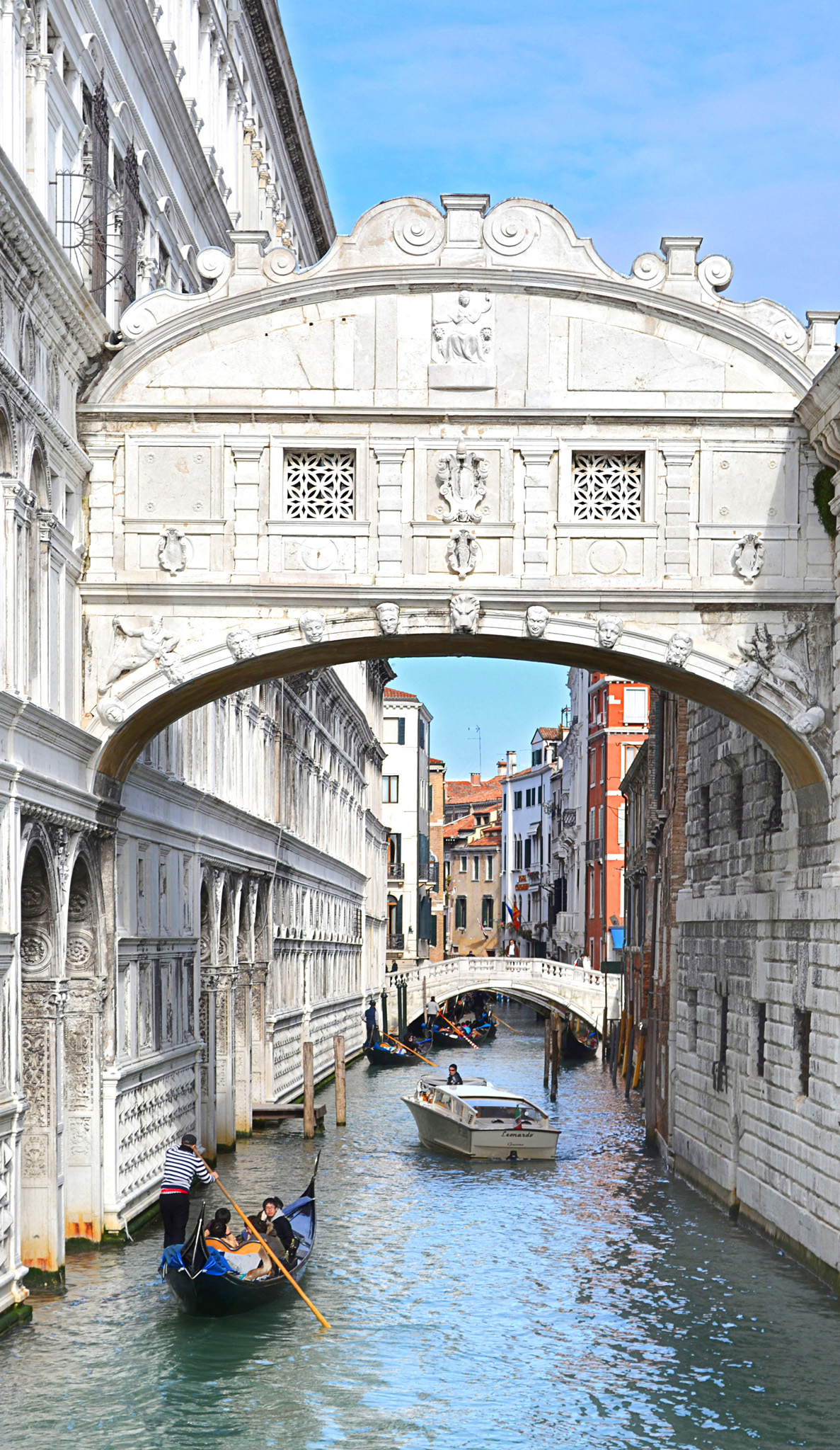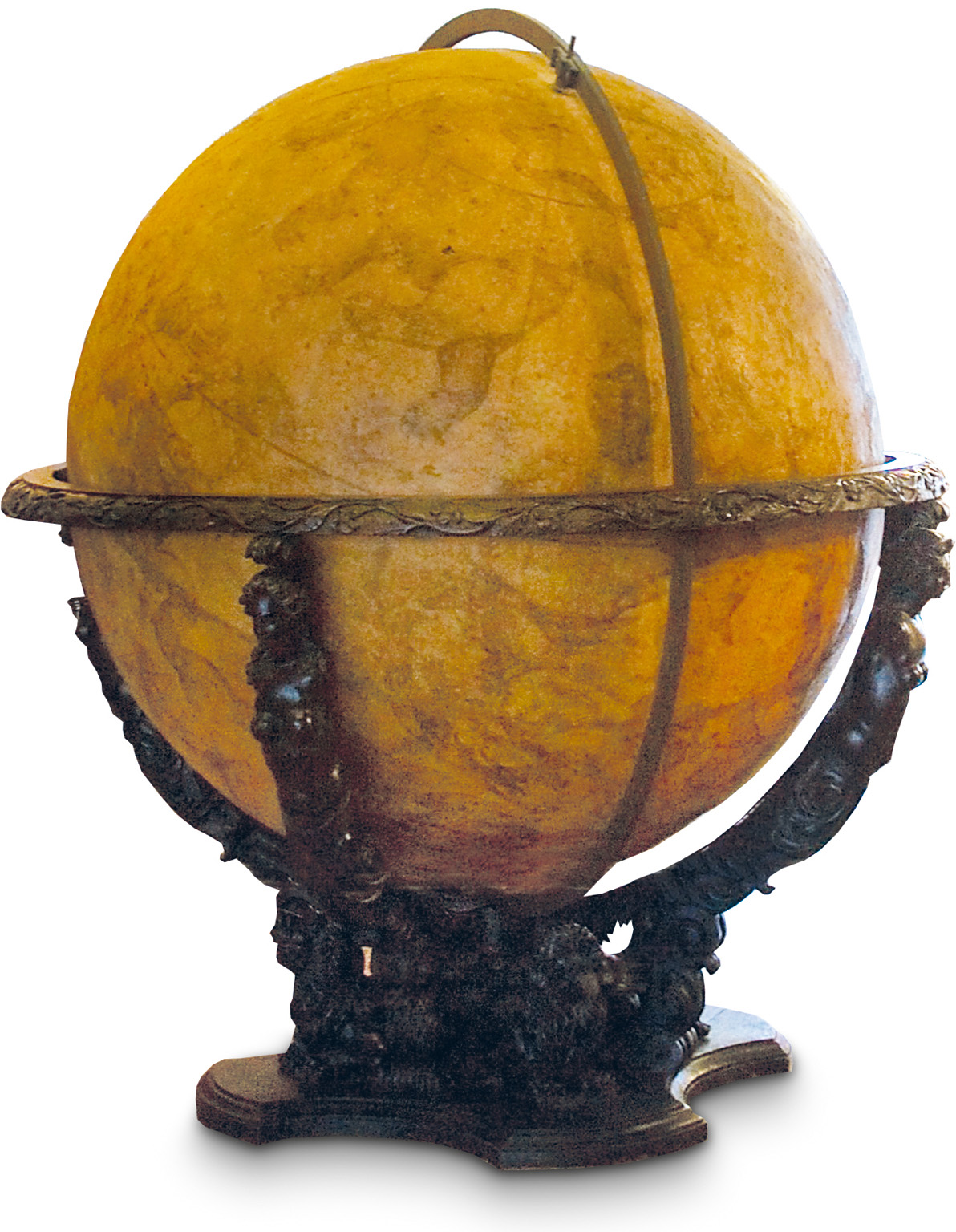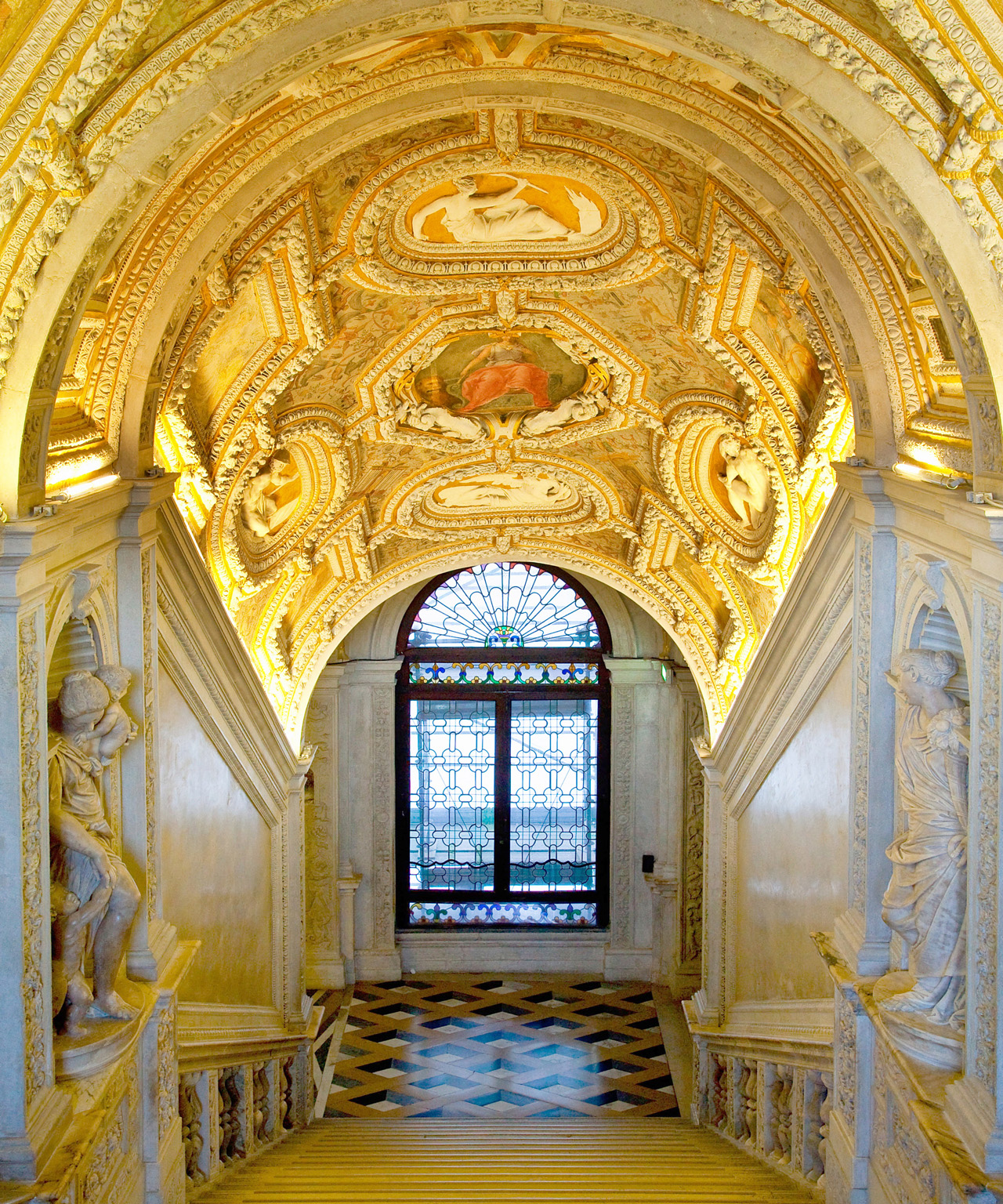
DOGE’S PALACE
A magnificent combination of Byzantine, Gothic and Renaissance architecture, the Palazzo Ducale (Doge’s Palace) was the official residence of the 120 doges who ruled Venice from 697 to 1797. A fortress-like structure stood here in the 9th century, to be replaced by the elegant Gothic version seen today, despite a string of fires in the 1500s. Artists such as Titian, Tintoretto and Bellini vied with each other to embellish the palace with painting and sculpture, not to mention architects Antonio Rizzo and Pietro Lombardo, the latter responsible for the western façade.
NEED TO KNOW
![]() Piazza San Marco • 041 240 52 11 • www.visitmuve.it • Open Apr–Oct: 8:30am–7pm daily (to 11pm Fri & Sat); Nov–Mar: 8:30am– 5:30pm daily (last admission 60 min before closing time); closed 1 Jan, 25 Dec • Adm €20 (includes entry to the Museo Correr Complex) • Secret Itineraries Tour: 848 08 20 00 (advance booking essential at palace, by phone or online); 9:55am, 10:45am & 11:35am daily in English; tickets: €20 (€14 concessions)
Piazza San Marco • 041 240 52 11 • www.visitmuve.it • Open Apr–Oct: 8:30am–7pm daily (to 11pm Fri & Sat); Nov–Mar: 8:30am– 5:30pm daily (last admission 60 min before closing time); closed 1 Jan, 25 Dec • Adm €20 (includes entry to the Museo Correr Complex) • Secret Itineraries Tour: 848 08 20 00 (advance booking essential at palace, by phone or online); 9:55am, 10:45am & 11:35am daily in English; tickets: €20 (€14 concessions)
- A quiet, modern café in the former stables on the ground floor serves snacks and drinks.
- The Museo dell’ Opera, near the ticket office, houses many of the original 14th-century façade capitals – those outside are mostly 19th-century copies.
1. Façade
Elegant twin façades face the piazzetta and the quayside. Pink-and-cream stonework and a loggia stand above an arcade of columns with 36 sculpted Istrian stone capitals.

Elegant façade facing the piazzetta and the quayside
2. Sala del Senato
Senate members met in this lavish hall to debate war, foreign affairs and trade with the Doge. Time was measured by two clocks – one with a 24-hour face, the other with zodiac signs.

The lavish hall where senate members met to debate war
3. Armoury
This is a gripping, if spine-chilling, collection of beautifully crafted firearms, ceremonial weapons and suits of armour from Asia and the West. Among the war trophies is a Turkish standard brought back from the Battle of Lepanto (1571).

A suit of armour at the armoury
4. Prisons
A fascinating maze of cells is linked by corridors and staircases on both sides of the canal. One of the most famous inmates, Casanova, made a dramatic escape across the roof in 1756. The “new prisons” were in use until the 1940s and feature poignant graffiti by internees.
5. Bridge of Sighs
One of the world’s most famous bridges, the Ponte dei Sospiri is an early 17th-century Baroque structure that crosses to the palace prisons. It reputedly caused the condemned to “sigh” at their last glimpse of sky and sea.

17th-century Baroque structure of the Bridge of Sighs
6. Sala dello Scudo
Enormous globes and painted wall maps showing the known world in 1762 make this room a must. The map of Eastern Asia traces Marco Polo’s travels to China, complete with camels, rhinos and the mythical Uncharted Lands of the People Eaters.

An enourmous globe
7. Scala d’Oro
The magnificent Golden Staircase, so-called for its Classical stucco decorations in 24-carat gold-leaf framing frescoes, led guests of honour to the second floor. Designed by Sansovino (see Museo Correr), it was later completed by Scarpagnino in 1559.

The impressive Golden Staircase
8. Porta della Carta
The palace’s main entrance (now the visitors’ exit) has a beautifully sculpted 1438 portal by the Bon family. The name “paper door” arose because edicts were posted here.
9. Sala del Maggior Consiglio
The Great Council Chamber is lined with canvases of Venetian victories and a cornice frieze of 76 doges – a black curtain represents traitor Marin Falier (see Events in the Venetian Republic).

The Great Council Chamber lined with Venetian victories
10. Doge’s Apartments
The communicating rooms of the Doge’s living quarters include rich brocades, triumphal friezes, gilded ceilings and works of art.
PALACE GUIDE
Rooms are labelled with explanatory panels in English and Italian and are spread over three floors and several wings. Follow the red arrows. Highly recommended is the Secret Itineraries Tour through chambers which were once used for administrative purposes and torture.
